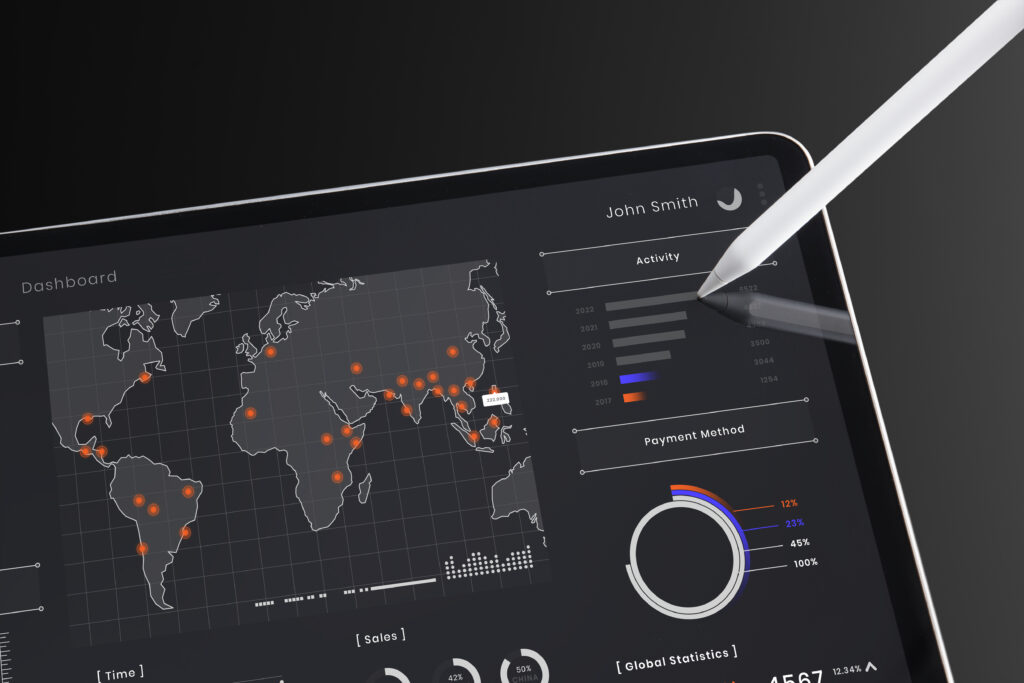A reactive IT approach leaves businesses exposed to downtime, security threats, and inefficiencies. Proactive IT management reduces downtime, strengthens cybersecurity, and enhances efficiency, ensuring long-term business success. Instead of waiting for IT problems to arise, companies that adopt managed IT solutions can prevent disruptions, improve system performance, and protect sensitive data.
Why Businesses Must Shift to Proactive IT Management
1. Reducing Downtime and Enhancing Productivity
System failures can bring business operations to a standstill. Every minute of downtime means lost revenue, reduced efficiency, and increased frustration for employees and customers. Companies relying on reactive IT management often struggle with prolonged service interruptions.
A proactive IT strategy ensures:
- 24/7 system monitoring to detect and resolve issues early.
- Regular maintenance schedules to prevent hardware failures.
- Automated updates that reduce security risks and software glitches.
- Backup solutions that allow quick recovery in case of system failure.
For example, a financial services company experiencing unexpected server crashes during peak hours could lose thousands of dollars. With IT risk management in place, they can identify system vulnerabilities before issues escalate, ensuring uninterrupted service.
2. Strengthening Cybersecurity with Proactive Measures
Cyber threats are growing in sophistication, making it essential to stay ahead of potential security risks. A reactive approach to cybersecurity often leads to costly breaches, reputational damage, and regulatory penalties.
Essential proactive cybersecurity measures include:
- Regular security audits to identify vulnerabilities.
- Advanced threat detection that prevents attacks before they occur.
- Multi-factor authentication (MFA) to enhance login security.
- Employee cybersecurity training to minimize human errors.
A healthcare provider storing sensitive patient data must comply with strict privacy laws. Implementing cyber resilience strategies reduces the likelihood of data breaches and ensures compliance with regulations like HIPAA and GDPR.
3. Saving Costs Through Preventative IT Support
Emergency IT fixes, data recovery, and downtime-related revenue losses can be financially draining. Managed IT solutions help businesses avoid unpredictable expenses by spreading costs through regular maintenance and support.
Cost-saving benefits of proactive IT management:
- Lower repair costs by addressing issues before they become major failures.
- Extended hardware life through routine maintenance and updates.
- Minimized downtime reducing lost revenue and operational disruptions.
- Predictable budgeting with fixed monthly IT service plans.
A retail company that regularly updates its payment processing system prevents costly outages during high-traffic shopping seasons. Instead of reacting to system failures, they maintain smooth operations through proactive IT planning.
Key Components of a Proactive IT Strategy
4. Continuous Monitoring for Threat Detection
Identifying IT risks before they become major problems is essential for business stability. Continuous monitoring ensures real-time visibility into network performance, security threats, and system vulnerabilities.
What proactive monitoring includes:
- Network traffic analysis to detect unusual activity.
- Server health checks to prevent performance issues.
- Automated security alerts that notify IT teams of potential breaches.
- Real-time vulnerability scans to identify weak points.
For instance, if an e-commerce business detects repeated login attempts from unknown locations, proactive monitoring allows immediate action, preventing unauthorized access.
5. Optimizing IT Infrastructure for Business Growth
As businesses expand, their IT infrastructure must scale accordingly. Poorly managed systems lead to inefficiencies, security gaps, and limited growth potential. IT infrastructure management ensures technology supports business goals rather than hindering progress.
Effective infrastructure management includes:
- Cloud adoption for flexible and scalable storage solutions.
- Regular hardware and software upgrades to maintain efficiency.
- Data storage optimization for improved accessibility and security.
- Secure and fast networks to support business expansion.
For example, a growing marketing agency that transitions to cloud-based project management tools enhances team collaboration and ensures seamless scalability.
6. Business Continuity Planning for Disaster Recovery
Unexpected events—such as cyberattacks, natural disasters, or system failures—can disrupt operations and cause significant data loss. Business continuity planning ensures that companies recover quickly from IT-related disruptions.
Essential elements of a strong business continuity plan:
- Automated data backups stored in secure locations.
- Disaster recovery strategies to restore systems quickly.
- Failover solutions that maintain critical services during an outage.
- Regular testing and employee training to ensure preparedness.
A law firm that loses client contracts due to a ransomware attack risks legal and financial repercussions. With IT risk management in place, encrypted backups allow for quick data restoration without paying ransom demands.
The Competitive Advantage of Proactive IT Management
7. Building Customer Trust and Ensuring Compliance
Customers expect businesses to keep their data secure. A single data breach can destroy trust, cause reputational damage, and lead to legal penalties. Proactive IT management ensures compliance with data protection regulations and safeguards sensitive information.
Proactive compliance strategies include:
- Encryption protocols to protect customer data.
- Compliance audits to meet regulatory requirements (e.g., GDPR, HIPAA).
- Access controls that restrict unauthorized data exposure.
- Incident response plans to minimize damage in case of a breach.
A financial institution that proactively updates security policies reduces risks associated with fraud and cyberattacks, ensuring long-term customer loyalty.
8. Enhancing IT Efficiency and Employee Productivity
Employees rely on technology to complete daily tasks efficiently. Slow systems, outdated software, and frequent technical issues decrease productivity and increase frustration.
Proactive IT support helps businesses:
- Reduce system downtime by resolving issues before they disrupt work.
- Optimize software performance for seamless operations.
- Implement automation tools that eliminate repetitive tasks.
- Provide fast IT support to address employee concerns quickly.
For example, a consulting firm that automates routine administrative tasks allows employees to focus on client services rather than troubleshooting technical issues.
9. Supporting Long-Term Business Growth
A short-term, reactive IT approach limits a company’s ability to scale effectively. Businesses that invest in managed IT solutions position themselves for long-term success by ensuring their technology infrastructure evolves with them.
Ways proactive IT management supports growth:
- Cloud-based solutions that expand as business needs grow.
- Emerging technology adoption to stay competitive.
- Cybersecurity investments that protect business assets.
- IT roadmaps that align technology with strategic goals.
A startup planning rapid expansion must ensure its IT framework supports increased demand. Without proactive IT planning, they risk performance slowdowns and security vulnerabilities.
Final Thoughts
Switching from reactive to proactive IT management ensures greater efficiency, stronger cybersecurity, and cost savings. Businesses that implement cyber resilience strategies avoid disruptions, maintain productivity, and stay ahead of evolving threats. Investing in managed IT solutions not only safeguards operations today but also positions companies for future growth and success.





